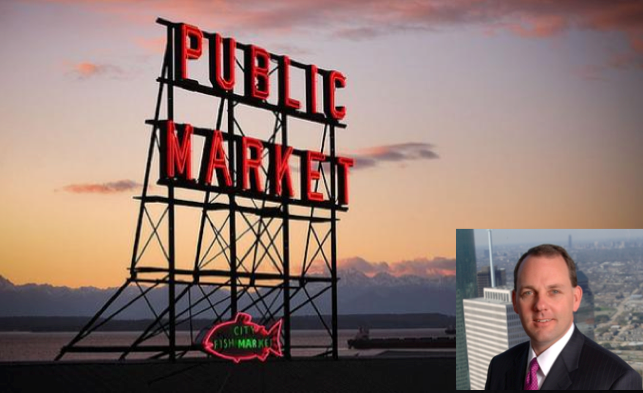Small and Mid-Cap Companies Offer Attractive Opportunities in US Equity
| For Gabriela Huerta | 0 Comentarios

In today’s landscape, where the economies and markets are more linked together, and the “new normal is going to hit investment” with “very modest returns,” investing in smaller companies can give an added edge.
According to Chris D. Wallis, CEO, CIO and Senior Portfolio Manager – Equity Investments at Vaughan Nelson Investment Management (part of Natixis Global Asset Management), when looking to invest in small and mid sized companies, “you get better information than from large caps, since the structure of larger ones is so vast that it is hard to realize exactly how they are making money” The investment professional also mentions that in the “small and mid cap space it is easier to pick up the phone and have access to the CEO or CFO.”
Another point Wallis makes is that large cap companies can be over diversified, so many times you are gaining exposure to different areas you don’t necessarily are interested in. The same comes to avoiding the pitfall of a strong dollar affecting the company’s balance sheet. Today’s large caps often have sales abroad and thus the higher dollar hurts their numbers.
According to Wallis, sectors are not going to work; “We don’t see anything that stands out in asset classes or sectors, it is no longer about buying energy or healthcare, but on a specific company.” In order to do that, the expert recommends screening for minimum levels of profitability and maximum levels of valuation but then “you need to turn to your database and understand subtle changes and how they are going to impact companies,” which requires specialized industry and market knowledge.
In general terms, and given that companies are highly exposed to tightening credit, he recommends checking “what does the balance sheet look like and when do they have to refinance debt; do they have the sufficient cash flow to refinance the debt? and, are their customers able to get funds to keep up the sales?”
One thing to note, is that Wallis believes that globally, the next five years will look completely different than any period we have seen in the last 50 -100 years. For the very first time, we have seen liquidity tighten; high yield spreads have increased, and access to credit has declined without the economy or personal income accelerating or inflation picking up. “The economies and markets are more linked together, the US was the first to fall and come out of the crisis then Europe followed, and now China. The policy choices that we made have exhausted the limits, we have gone to zero interest rates and I wouldn’t be surprised if we needed negative interest rates.” So, with mid single-digit returns in equity, low single-digit returns in fixed income and zero returns from cash, which translate into very modest returns, saving rates need to go up and as an investor, you need to differentiate yourself from the market.








